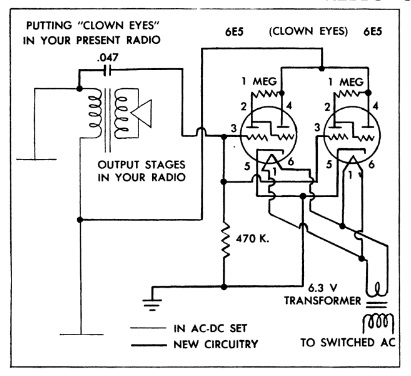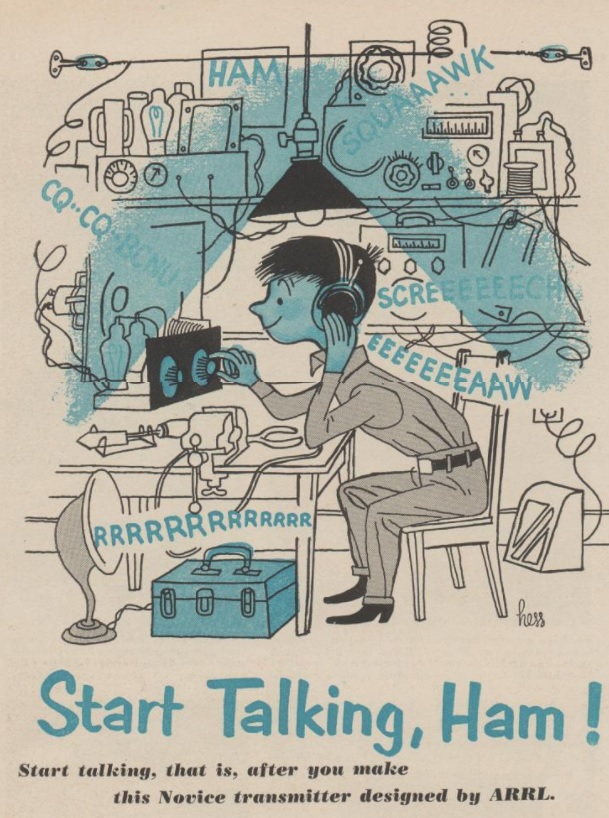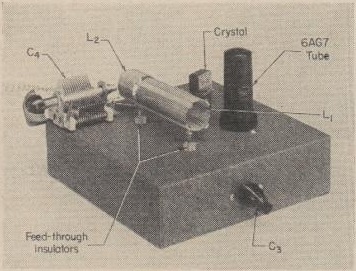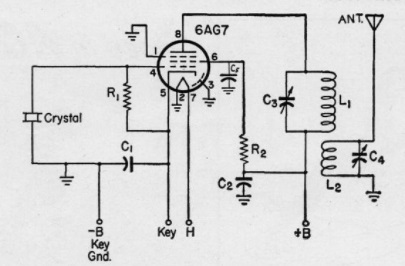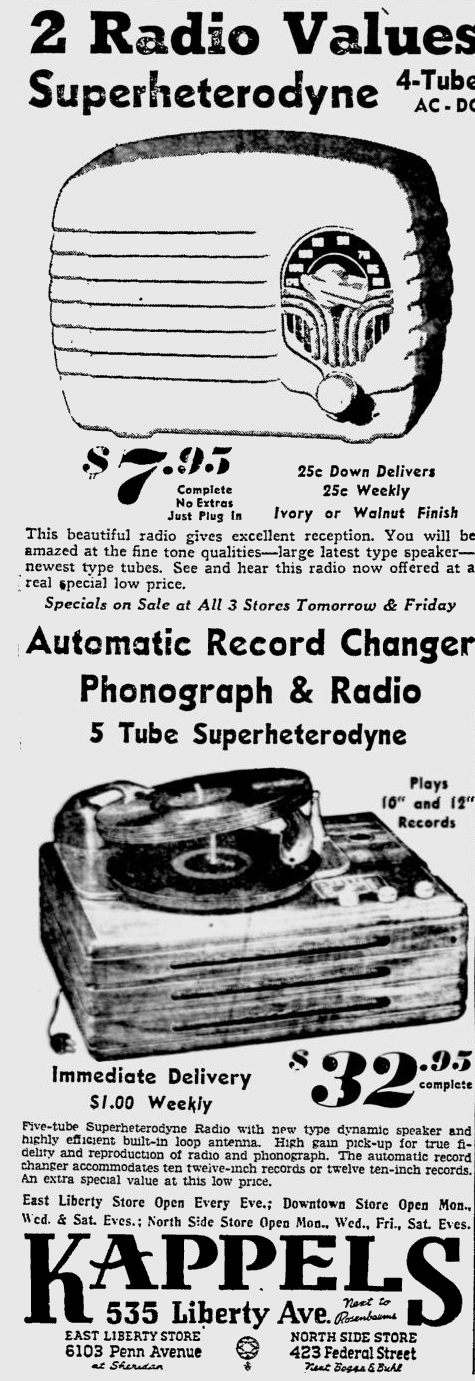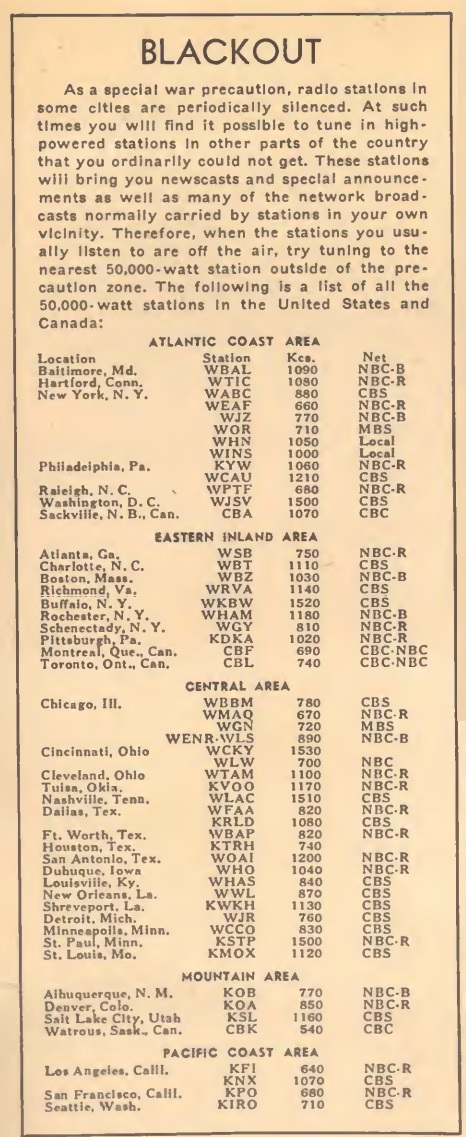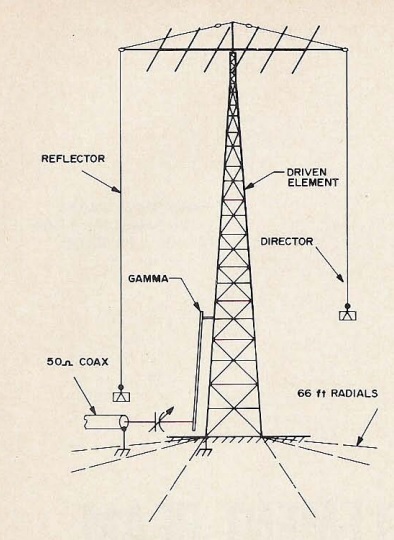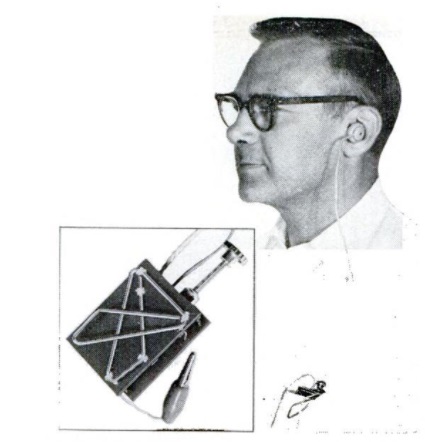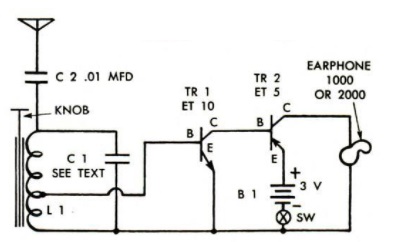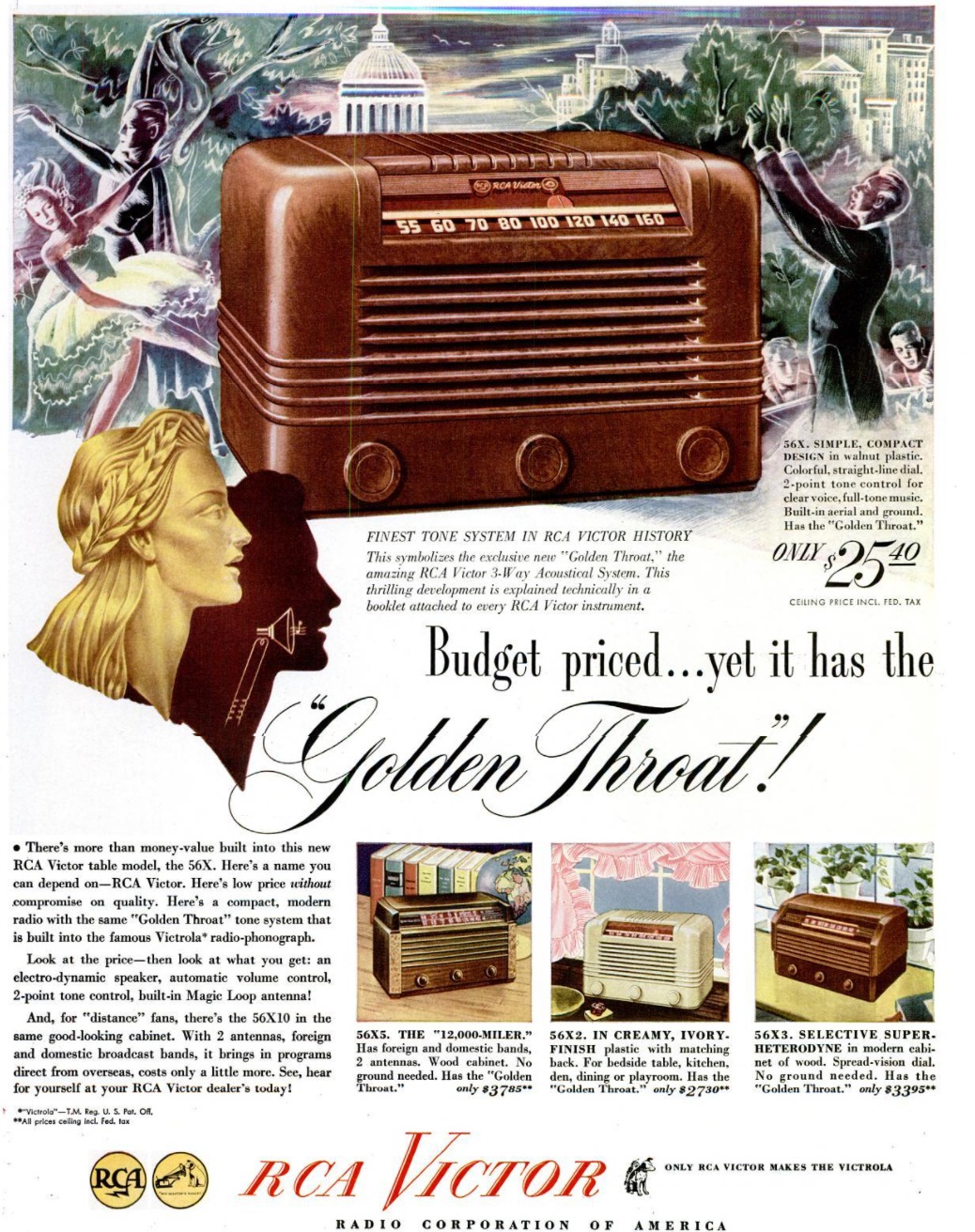85 years ago, if you were an impecunious boy, girl, man, or woman, and wanted some luxury items in your life, then this advertisement would certainly appeal to you. You could earn any of the prizes shown on this page, with absolutely no cost other than a little old fashioned initiative. You could do this by getting into the seed business, and that was as simple as filling out the coupon and mailing it back to the Lancaster County Seed Company of Paradise, PA. Or if you were truly thrifty, you could copy the information on a penny postcard and get started that way.
No money had to change hands. The Lancaster County Seed Company trusted you, and as soon as they received the coupon, they would send you 24 beautifully colored packets of “Garden Spot” Seeds, which everybody planted, according to the ad, and they were guaranteed to grow. You would sell them for a dime each. Lots of people would buy five to ten packets. In fact, your own family, along with a few friends, would buy all of them.
After you sold the seeds, you would get a money order for the $2.40 proceeds, along with your prize selection. With the exception of the wrist watch, you could have any of the prizes shown on this page: The musically inclined could chose between the guitar, ukulele, or guitar. Sports enthusiasts could get the basketball or roller skates, or even the air rifle. The moving picture machine or spy glass would undoubtedly appeal to many boys. And the practically minded could chose between the bed spread, the curtains, the cooking set, or the clock. For those with their eyes on the wrist watch, they could pay an additional 99 cents, or just sell another 24 packets of seeds.
The ad emphasized that the company trusted you, and there was no need to send any money. Most of the entrepreneurs who signed up probably fulfilled their obligations, but this site shows a letter from the President of the company to those who didn’t promptly return the money. According to the letter, “we know you are perfectly honest and will want to pay whatever you owe.” It reminded the recipient to get a money order from the post office or RFD carrier and send it back right away. If the seeds hadn’t all been sold, then “you should make a final effort to do so.”
The letter assured the recipient that as soon as the money was in hand, the premium would be sent. For those who had given up hope, the letter asked them to send a money order for what they had sold along with the remaining seeds in good condition, and the company would follow through with a premium for the amount of work which you had done.
The ad appeared 85 years ago this month in the February 1937 issue of Radio Mirror.
 x
x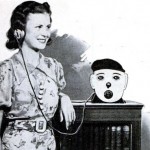 We previously showed you a radio at left that was sure to delight the youngsters of 1939. It featured a creepy face with eyes that lit up in time with the music.
We previously showed you a radio at left that was sure to delight the youngsters of 1939. It featured a creepy face with eyes that lit up in time with the music.
